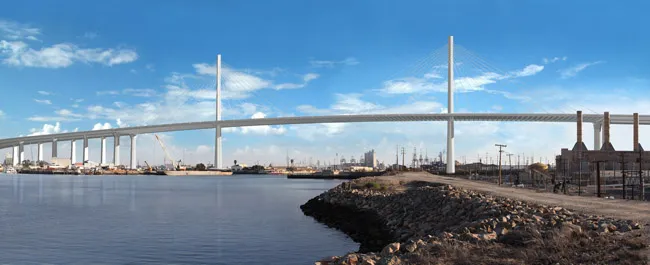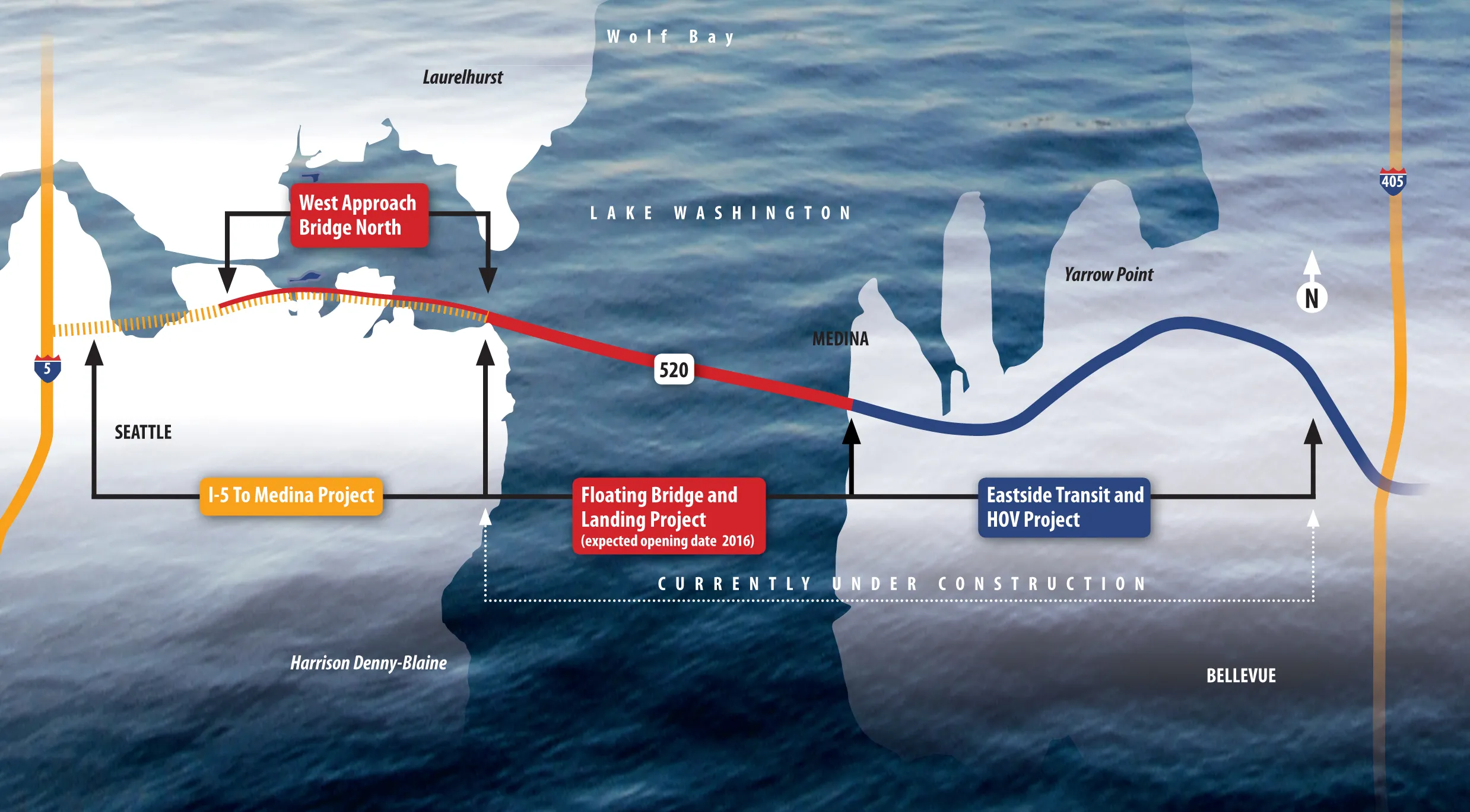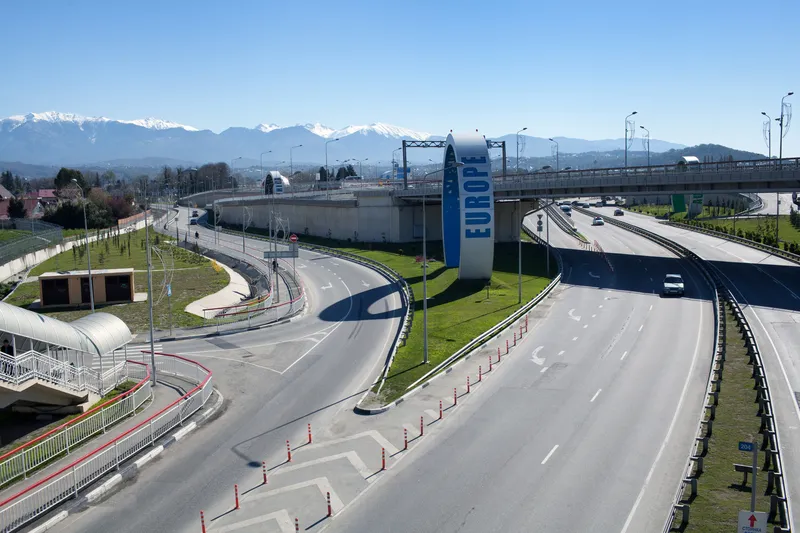This projects for the 2.6km-long bridge was to have been built jointly by Brazilian firm
The project has been subject to a number of delays and an earlier plan was cancelled at a fairly late stage over cost concerns. The new bridge will be a suspension type structure designed to cope with the often severe earthquakes in the area. It is also being designed and constructed to cope with high winds (of up to 240km/h) and strong sea currents that also occur in the area.
Building the bridge will provide an important transport link to Chiloe Island, providing a key economic boost to the area in terms of tourism and trade. The new bridge will replace the current ferry traffic on which the islanders rely, cutting travel times to just three minutes compared with the 25-45 minutes that the ferry crossing involves.
Chile’s Chacao Bridge project - futuresecured
Chile’s landmark Chacao Bridge project now looks to be back on a sound footing, with completion expected in late 2022 or early 2023.
This projects for the 2.6km-long bridge was to have been built jointly by Brazilian firm OAS and South Korean company Hyundai. However OAS hit financial difficulties and had to withdraw from the project. As a result, Hyundai will now buy the 49% stake OAS had in the project. As Hyundai already has a 51% stake in the bridge project, this will give the firm total ownership ove
July 19, 2018
Read time: 2 mins
Chile’s landmark Chacao Bridge project now looks to be back on a sound footing, with completion expected in late 2022 or early 2023.








